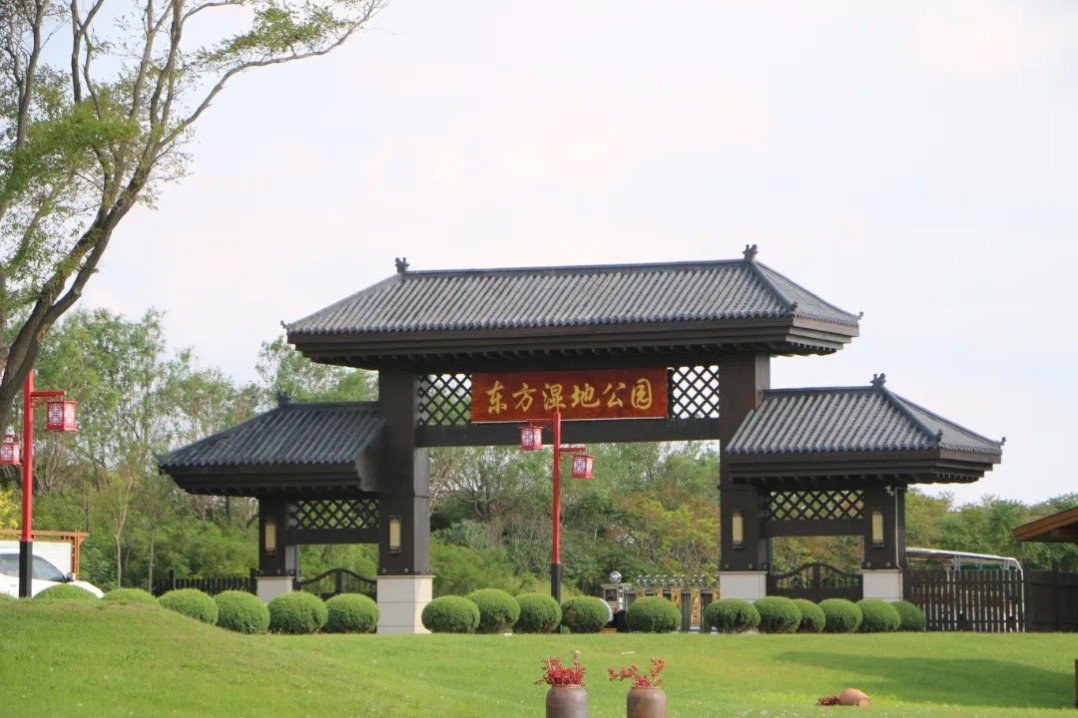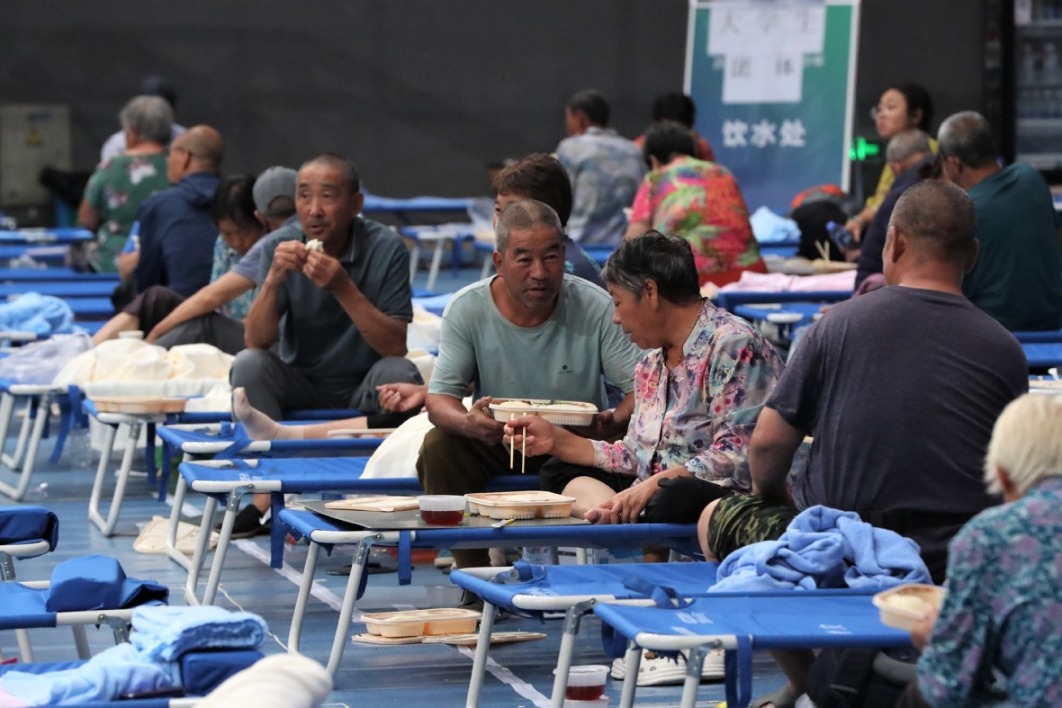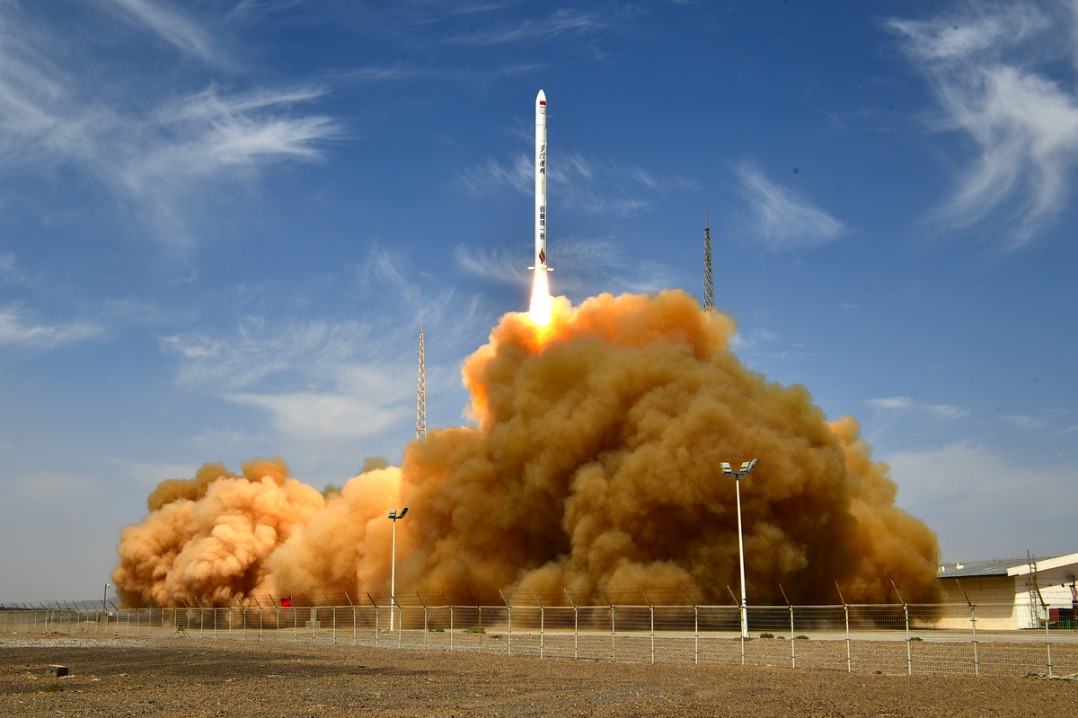Efficient customs clearance boosts food supplies


At around 4 am each day, more than 10 Guangdong and Macao-registered trucks enter the processing and distribution center of Zhuhai Longsheng Aquatic Product Co in Zhuhai, Guangdong province.
After loading the freshly caught seafood products, the trucks immediately head to the Gongbei Port and swiftly enter the neighboring Macao Special Administrative Region through the port's green channels for fresh products.
"We supply Macao with over 10 batches of fresh seafood products every day, thanks to efficient customs clearance procedures," said Zhou Jinhong, a manager in charge of the processing and distribution center of the company.
Approximately 110 vehicles carrying over 400 metric tons of fresh products to Macao pass through the Gongbei Port daily, representing more than 80 percent of the Macao market, according to local customs.
Statistics from Gongbei Customs indicated in the 25 years since Macao's return to the motherland, over 4.7 million tons of vegetables, fruits, poultry, seafood and other products have been supplied to the special administrative region through ports administrated by Gongbei Customs.
Increased customs efficiency has played an important role in boosting supplies to Macao, according to Zhou.
"Before 2023, we had to declare each batch separately, with at least 10 customs declarations to be made every month," said Zhou.
Considering fresh seafood products supplied to Macao, with multiple batches, diverse varieties and high customs clearance requirements, Gongbei Customs has strengthened cooperation with its Macao counterparts to promote rule alignment and mechanism integration.
Since the beginning of 2023, customs authorities have introduced a new supervision model, which includes the production cycle of the same enterprise, same material and same line as a regulatory unit to replace the batch-by-batch declaration mode.
The new model reduced pre-export declaration batches by 99 percent for enterprises, helping greatly improve customs inspection efficiency and benefiting over 5,000 tons of fresh seafood products supplied to Macao.
"The customs clearance procedures have been greatly simplified — we no longer have to declare each batch separately, with one declaration helping save us a lot of transportation costs," said Zhou.
As Zhongshan, neighboring Zhuhai, houses the largest national production base for fresh aquatic products supplied to Hong Kong and Macao, Gongbei Customs and relevant departments in Macao have also jointly established recognition standards and monitoring projects for enterprises supplying edible aquatic animals to Macao.
They have set up files for 16 such enterprises in Zhongshan within the jurisdiction, conducting joint supervision at the source and sampling monitoring, reducing customs clearance time per batch by about 60 percent.
Since the beginning of this year, through the "pre-quarantine push, cooperative supervision" model, customs officials inspected 2,700 tons of edible aquatic animals supplied to Macao, accounting for nearly 60 percent of the total amount provided from the Chinese mainland to Macao during the same period.
"With the new customs models, we have exported over 1,100 tons of fresh aquatic products to Macao this year, marking an 11 percent increase compared to the same period last year," said Ding Hongliang, a production manager with Zhongshan Foodstuffs & Aquatic Import & Export Group Co.
At the beginning of Macao's return to the motherland, the types of daily necessities supplied to the special administrative region from Zhuhai were limited, mostly mainstream varieties, according to Pan Wenbo, an officer at Xiangzhou Customs, under the jurisdiction of Gongbei Customs.
"Now, there is much more variety, with as many as 200 types of vegetables alone supplied to Macao," said Pan, recalling his 25 years of involvement in regulating agricultural products supplied to Hong Kong and Macao.
Currently, the share of livestock supplied to Macao from the Chinese mainland stands at 100 percent, with vegetables at over 90 percent and fruits and edible aquatic animals at 70 percent, according to Gongbei Customs.
- Bijie Feixiong Airport resumes flight services after three-month runway upgrade
- Special exhibition of Art Macao 2025 kicks off
- Former Chinese Super League company chairman sentenced to 11 years for bribery
- CPC allocates Party membership fees to flood control, relief work
- China's unmanned cargo aircraft soars through verification flight in complex terrain
- China honors outstanding builders of socialism with Chinese characteristics in non-public sector




































